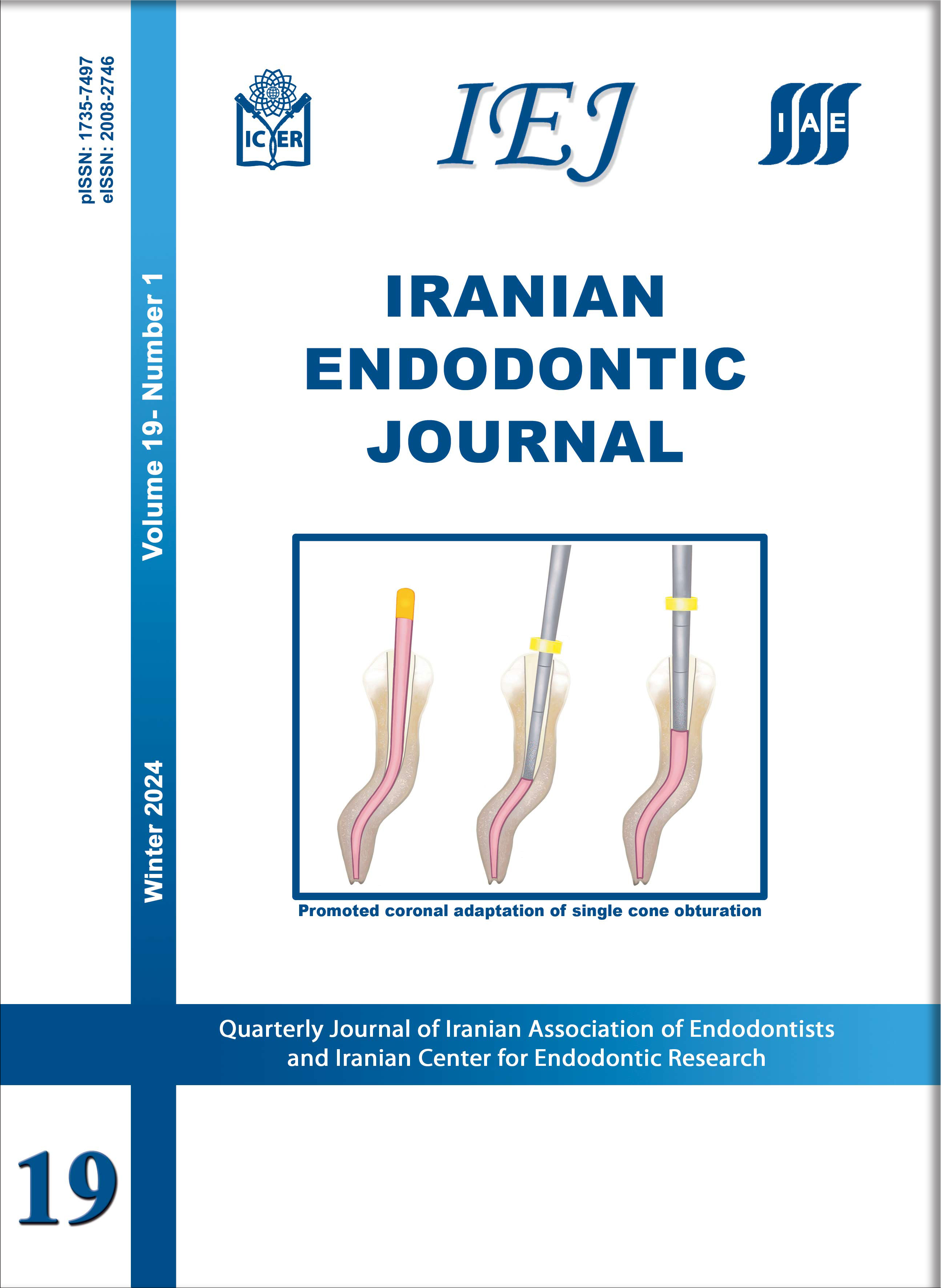Introduction: Exposure to pulsed electromagnetic field (PEMF) has been revealed to affect the differentiation and proliferation of human mesenchymal stem cells derived from dental pulp multipotent stromal stem cells (DP-MSCs). This study aimed to investigate the differentiation effect of electromagnetic fields (EMFs) on the DP-MSC. Materials and Methods: PEMF was produced by a system comprising a multi-meter autotransformer, solenoid coils, and teslameter. This study included 10 groups of DP-MSCs which underwent different electromagnetic radiation time and beam intensity. Three samples tested for each group. The effect of PEMF with the intensity of 0.5 and 1 mT (mili Tesla) and 50 Hz on the proliferation rate of DP-MSC was evaluated at 20 and 40 minutes per day for seven days. MTT assay was applied to determine the growth and proliferation of DP-MSC. Gene expression of DMP1 for differentiation of DPSCs to odontoblasts was confirmed by Real Time PCR., ANOVA statistical analysis and Kruskal-Wallis test were used to analyze the data. Results: The survival in all exposure groups was significantly higher than that in control except in the group of 40 minutes, 1 mT (P<0.05). In 20 minutes, 0.5 mT exposure, the survival intensity is significantly more than others (P<0.05). In general, the intensity of survival was recorded, 20, 0.5 mT≥20, 1 mT≥40, 0.5 mT≥40, 1 mT respectively. Therefore, according to the obtained results, ELF-EMF increases the survival of cells except for one case (40 minutes, 1 mT), even though the effective underlying mechanisms in this process are still unclear. Conclusions: The results obtained promise that in the future, by placing an important part of the pulp next to the electromagnetic field, the lost part of the pulp can be reconstructed and the dentin barrier can be created.




